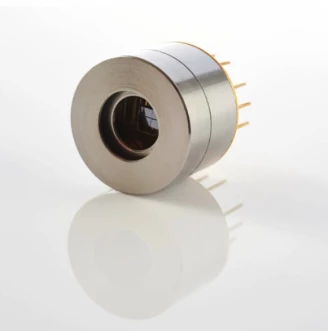Description
The PVMQ HgCdTe quadrant detector is a state-of-the-art infrared photovoltaic device designed for precision and reliability. This uncooled detector leverages advanced HgCdTe heterostructures to deliver exceptional performance and stability, making it a top choice for demanding applications. The detector is composed of four distinct active elements, meticulously arranged in a quadrant geometry, which enhances its ability to provide accurate laser beam profiling and positioning.
Optimized for peak performance at a wavelength of 10.6 µm, the PVMQ detector stands out for its exemplary spectral detectivity. While the spectral response may vary among individual units, the device consistently delivers high detectivity, ensuring reliable operation in various conditions. The detector's ambient temperature operation further enhances its versatility, allowing it to function effectively without the need for additional cooling mechanisms. The PVMQ detector is housed in a robust TO8 package, ensuring durability and ease of integration into existing systems. With an acceptance angle of approximately 70°, it offers a broad field of view, making it suitable for a wide range of applications.
The device's compact design, featuring a 1x1 mm active area for each element and a 200 µm distance between elements, ensures precise detection capabilities. This combination of advanced technology and thoughtful design makes the PVMQ HgCdTe quadrant detector an ideal solution for professionals seeking high-performance infrared detection.
HgCdTe (MCT) Multi Channel Detectors
Specifications
| Diode Type: | HgCdTe |
|---|---|
| Wavelength Of Operation: | 10600 nm |
| Max Frequency Response: | Other / Not specified |
| Active Area Size: | 1 mm² |
| Dark Current: | 1-10 nA |
| Package Type: | Custom Package |
| Built-In Amplifier: | Not Specified |
| Applications: | Sensing and Measurement |
| Spectral Range: | 2.0 – 12.0 µm |
Features
- Wide Spectral Range: Operates effectively across a 2.0 – 12.0 µm range, optimized for peak performance at 10.6 µm.
- High Detectivity: Offers a detectivity of ≥2.0×107 cm·Hz1/2/W at peak wavelength, ensuring high sensitivity.
- Fast Response Time: Features a time constant of ≤1.5 ns, allowing for rapid detection and processing.
- Robust Construction: Built with an epitaxial HgCdTe heterostructure for enhanced performance and stability.
- Quadrant Design: Comprises four separate active elements arranged in a quadrant geometry for precise laser beam profiling and positioning.
- Compact Package: Housed in a TO8 package, facilitating easy integration into various systems.
- Wide Acceptance Angle: Offers an acceptance angle of approximately 70°, accommodating a broad range of incident angles.
- Element Specifications: Each active element has a 1×1 mm2 area with a 200 µm distance between elements.
Applications
- Laser Beam Profiling: The PVMQ detector is optimized for maximum performance at 10.6 µm, making it ideal for precise laser beam profiling applications.
- Positioning Systems: With its quadrant geometry and high detectivity, the detector is suitable for accurate positioning systems that require precise detection of laser beams.
- Infrared Sensing: The uncooled IR photovoltaic multiple junction design allows for effective infrared sensing without the need for additional cooling systems.
- Optical Alignment: The quadrant detector's configuration aids in optical alignment tasks, ensuring accurate alignment of optical components.
- Research and Development: The sophisticated HgCdTe heterostructures provide stability and performance, making the detector useful in R&D environments for developing new optical technologies.
Frequently Asked Questions
What is the PVMQ detector used for?
What is the optimal wavelength for the PVMQ detector?
What type of material is used in the active elements of the PVMQ detector?
What is the detectivity of the PVMQ detector at its peak wavelength?
What is the time constant of the PVMQ detector?
What is the acceptance angle of the PVMQ detector?
What is the package type of the PVMQ detector?
Similar Products
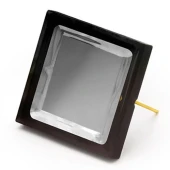
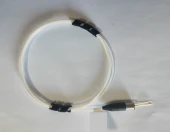
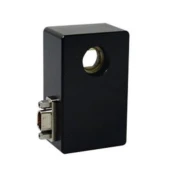
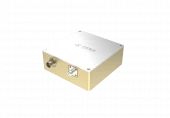
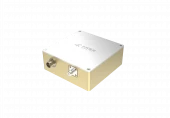
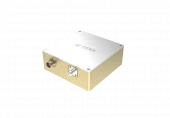
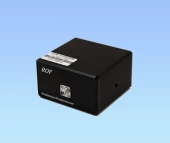
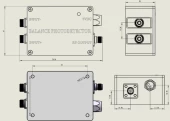
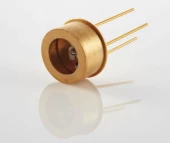
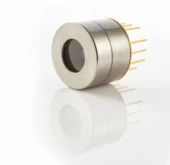
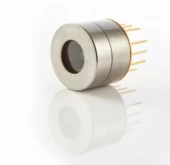
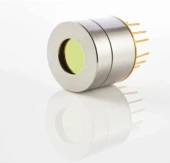
Your inquiry has been received.
Create an account by adding a password
Why create an account?
- Auto-complete inquiry forms
- View and manage all your past messages
- Save products to your favorites
- Close your account anytime — no hassle
